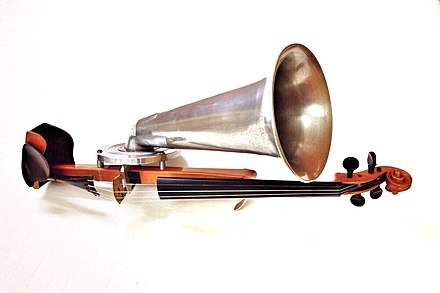I don’t know if it was for this particular reproducing needle but I do recall that theaters were supposed to change needles as often as every twenty plays. They changed disks that frequently as well.
Film recordings from the era are quite variable. Vitaphone could be extremely high quality, especially for music. Sound on film was considered inferior especially for theatrical playback since it was subject to a pronounced wow and flutter but was editable whereas vitaphone required re-recording. For several years films were released in both formats, but by about 1933 the industry standardized around sound on film. First Warners changed to sound on film for production—its editing capabilities seemed decisive even though about the same time as Warners made the transition,new film “noiseless” film stock and some noise reduction techniques had been developed that allowed for vastly improved re-recording of sound on film. Re-recording becomes common for sound on film around 1932.
Again the results could be strikingly good, especially on Hollywood prestige films. But B production and films made outside the big studios often suffered from relatively poor sound, with a pronounced noise floor.
Theatrical playback remained the weak link through the late 1930s, and the release prints were mastered to reduced dynamic and frequency responses of theatrical playback systems. What we hear on remastered films today generally sounds far better than what would have been heard in a theater in the 1930s or even the 1940s, and not just because of digital touch ups. But the recording technology of the time also captured a higher quality than the release prints allowed.




